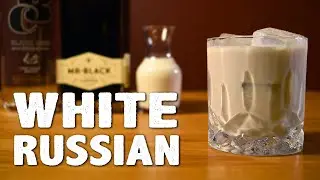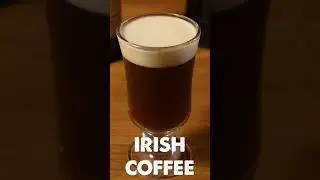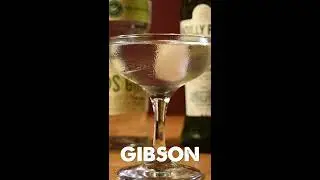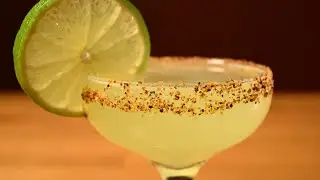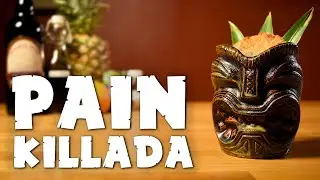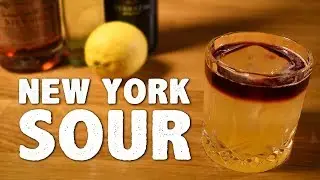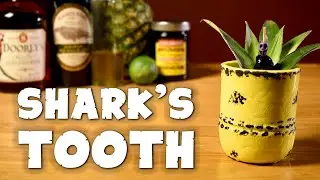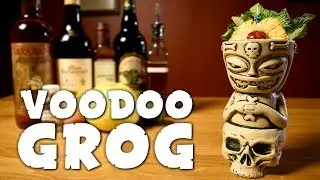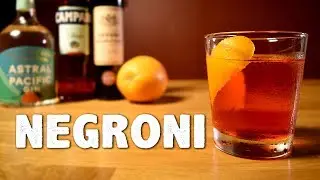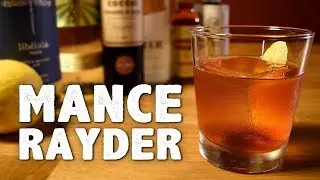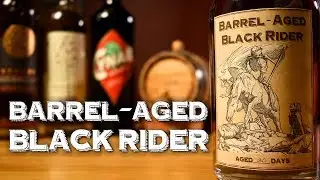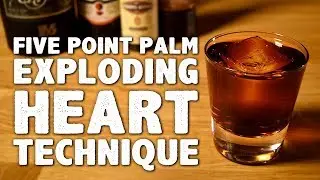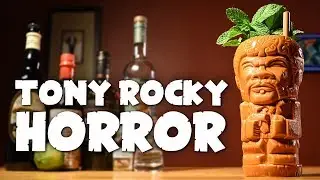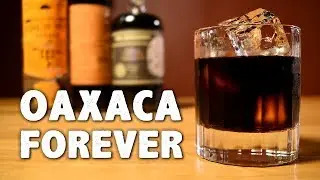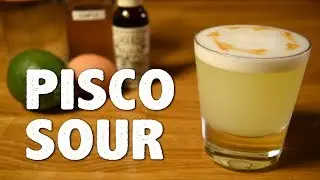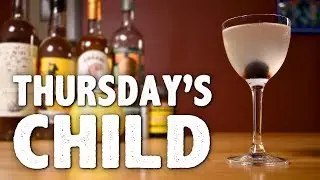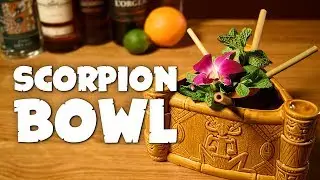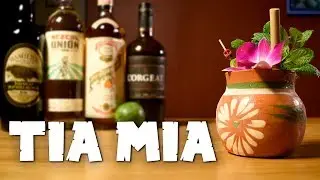Barrel-Aged Negroni - How to Make and Age the Classic Cocktail & the History Behind It
Here’s how to make this simple cocktail of Gin, Campari, Sweet Vermouth and Orange Peel for garnish. It’s famous, it’s easy to make and it’s delicious. Barrel-aging the drink changes some of the qualities of the drink. It sands down the rough edges and changes the subtleties of the flavors. It’s a great way to experience the classic. It’ll feel like it was the first time.
Like a good many other classics, the Negroni’s past is a little hazy. There’s the oft repeated story of an Italian aristocrat, named Negroni, who wanted a stronger Americano, so he asked the bartender to swap out the soda water in favor of gin. This supposedly became popular and everyone wanted an American made the Negroni way. But there are different lines of the Negroni family who fight over which of their ancestors it was and, as of this moment, none of them have been able to produce any documentation to back up their claims to ancestral glory.
The earliest known mention of the Negroni in print was in a newspaper in 1947 that had a blurb by Orson Welles explaining that while he was shooting Black Magic in Rome, he had been introduced to a new drink called “Negronis (sic). It’s made of gin, Italian vermouth and Compari (sic) bitters.” They spelling may have been a little off, but we got the idea.
That was the first known printing of the drink being called a Negroni. However, there were several other drinks made with gin, Campari and sweet vermouth that pre-dated Welles’ mention by 20 years. They just weren’t called Negronis. There was the Za Za Cocktail from Cocktails by Piero Grandi in 1927, the Julio from 370 Recettes de Cocktails by Jean Lupoiu in 1928 and the Camparinete from Cocktails de Paris by RIP in 1929, to name a few. Those were all in French bar manuals, but were all created by different people.
A possible explanation for that was provided by an Italian, Arnaldo Strucchi, 20-years earlier in his 1907 book, The Vermouth of Turin. Strucchi wrote that an Americano is called an Americano “because in the United States, it is customary to drink Vermouth mixed with bitters and gin (or whiskey).” [Translated] His use of “bitters” refers to the Italian Amari like Campari, not the bitters in a dasher bottle.
So, Strucchi’s context would makes sense why different French bars would come up with combinations of gin, Campari and sweet vermouth (as well as the whiskey versions, the Boulevardier and the Old Pal), but all have different names. It’s because Americans like drinks with that combination of sweet, bitter and strong. And they were probably demanding them of their bartenders. Plus this is the time of the Lost Generation and there were a lot of American ex-pats living in France, and Europe in general. So their cocktail needs were being catered to.
At some point along the line, America’s love of bitter food and drink receded. But in the last 20 years or so, bitterness has been creeping back in. Think about how bitter Starbucks’ coffee is. Then the rise of craft beer, which saw a battle for who could out-bitter one and other.
Luckily, when the cocktail renaissance came rolling in, the tastemakers and bartenders advocated for the Negroni to find a status that would make Orson Welles proud. It’s simplicity, elegance and beautiful red hue, probably didn’t hurt.
This is a great drink to barrel-age. It’s spirit-forward and it’s bitter. Bitter drinks are usually mellowed a bit in the barrel. It’s not enough to totally defang it, but it’s enough take the edge off. The other flavors of the Negroni can shine stronger in the barrel-aged version because the bitterness is tempered slightly. It also adds some hints of vanilla and woodiness to it. The vermouth oxidizes a bit and some earthiness is brought out from it’s hiding place in the cocktail.
For a 1-liter barrel, 30-45 days works well. But that depends on how many times you’ve used the barrel, where it’s stored and , so it’s best to taste it every week or so. But I’m sure you’ll be able to handle that part of the process. Cheers!
Recipe (1-Liter):
340 ml (11.5 oz) Gin
340 ml (11.5 oz) Campari
340 ml (11.5 oz) Sweet Vermouth
Combine ingredients. Add to cured oak barrel. Age for 3-4 weeks. Taste occasionally. When ready, strain through a fine mesh strainer and bottle.
Music:
Le Chat Noir 1 by Martin Landh
via Epidemic Sound
Follow Us!
/ distinguishe. .
/ distinguishedspi. .
/ distinguishedsp
/ distinguishedsp
Featured in This Episode:
Astral Pacific Gin from The Spirit Guild
http://bit.ly/2rdomLq
Campari
http://bit.ly/2rP9C46
Carpano Antica (Sweet Vermouth)
http://bit.ly/2pZMVZC
Bluegrass Barrels
http://bit.ly/2ocrqmK
http://amzn.to/2xCQify
Bar Tools:
OXO Good Grips 4-Cup Angled Measuring Cup
http://amzn.to/2dSFdwS
Double Old Fashioned Glass
http://amzn.to/2owVAF9
Barspoon
http://amzn.to/1FfLxB4
Mixing Glass
http://amzn.to/2lilEC5
Julep Strainer
http://amzn.to/2lg4Coz












